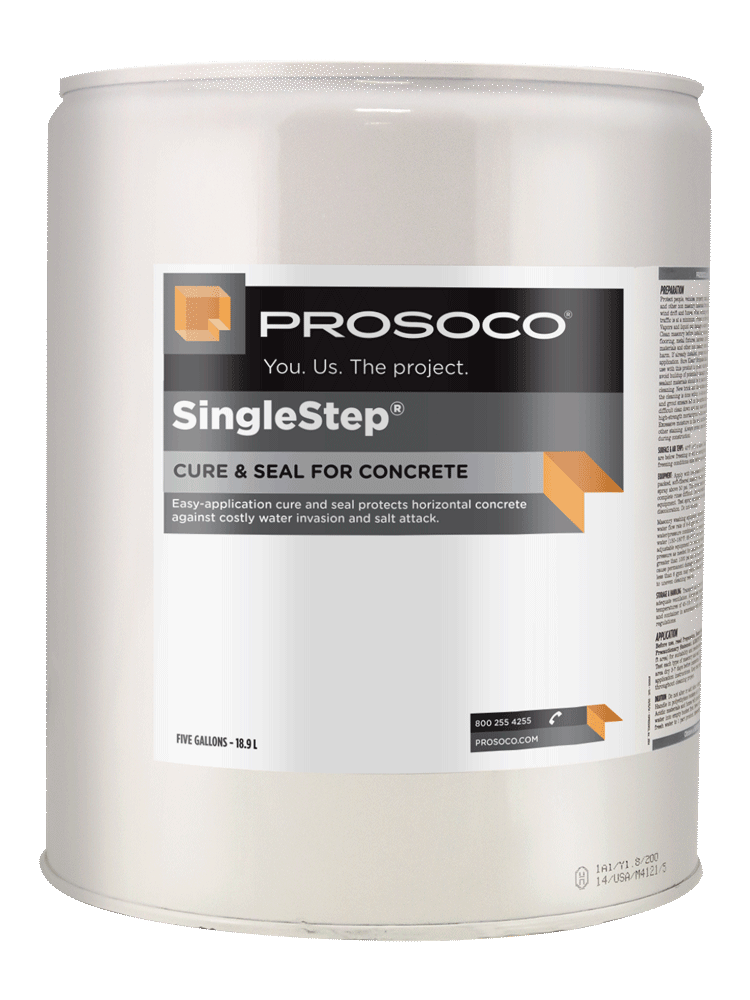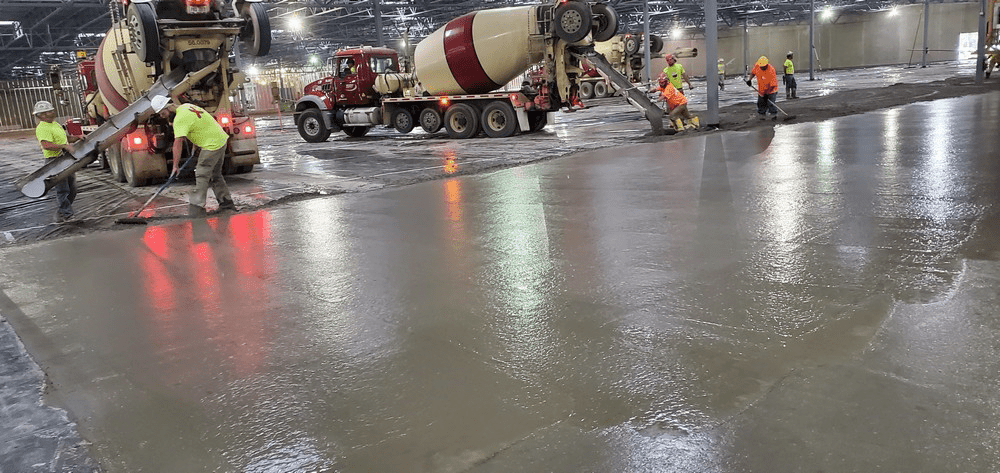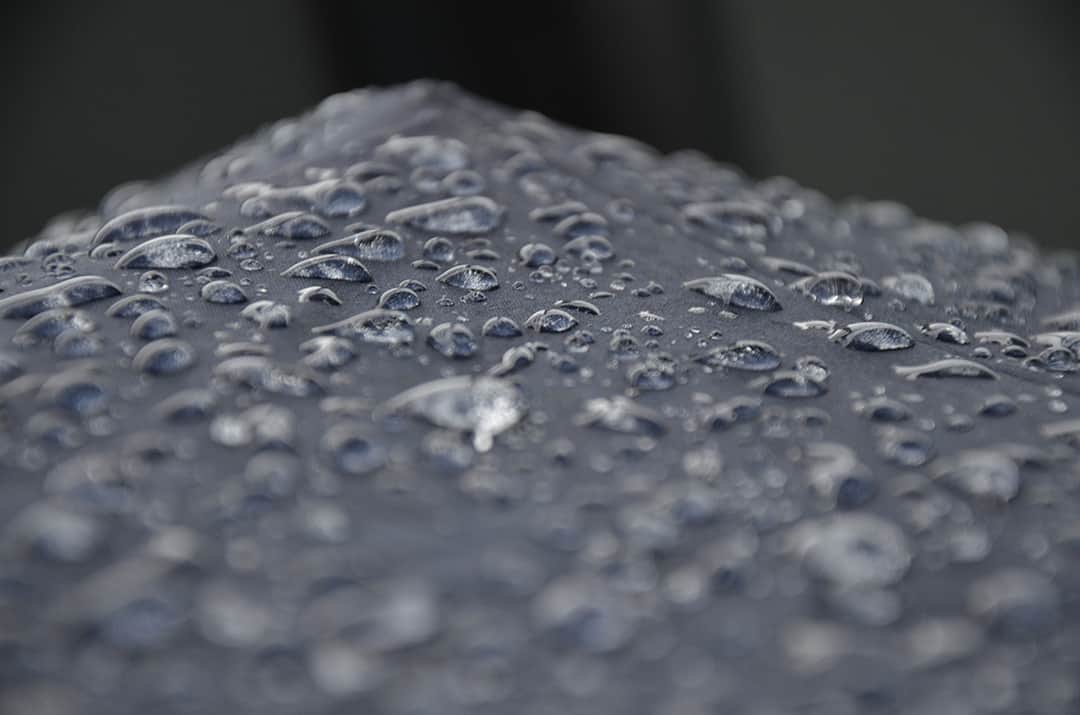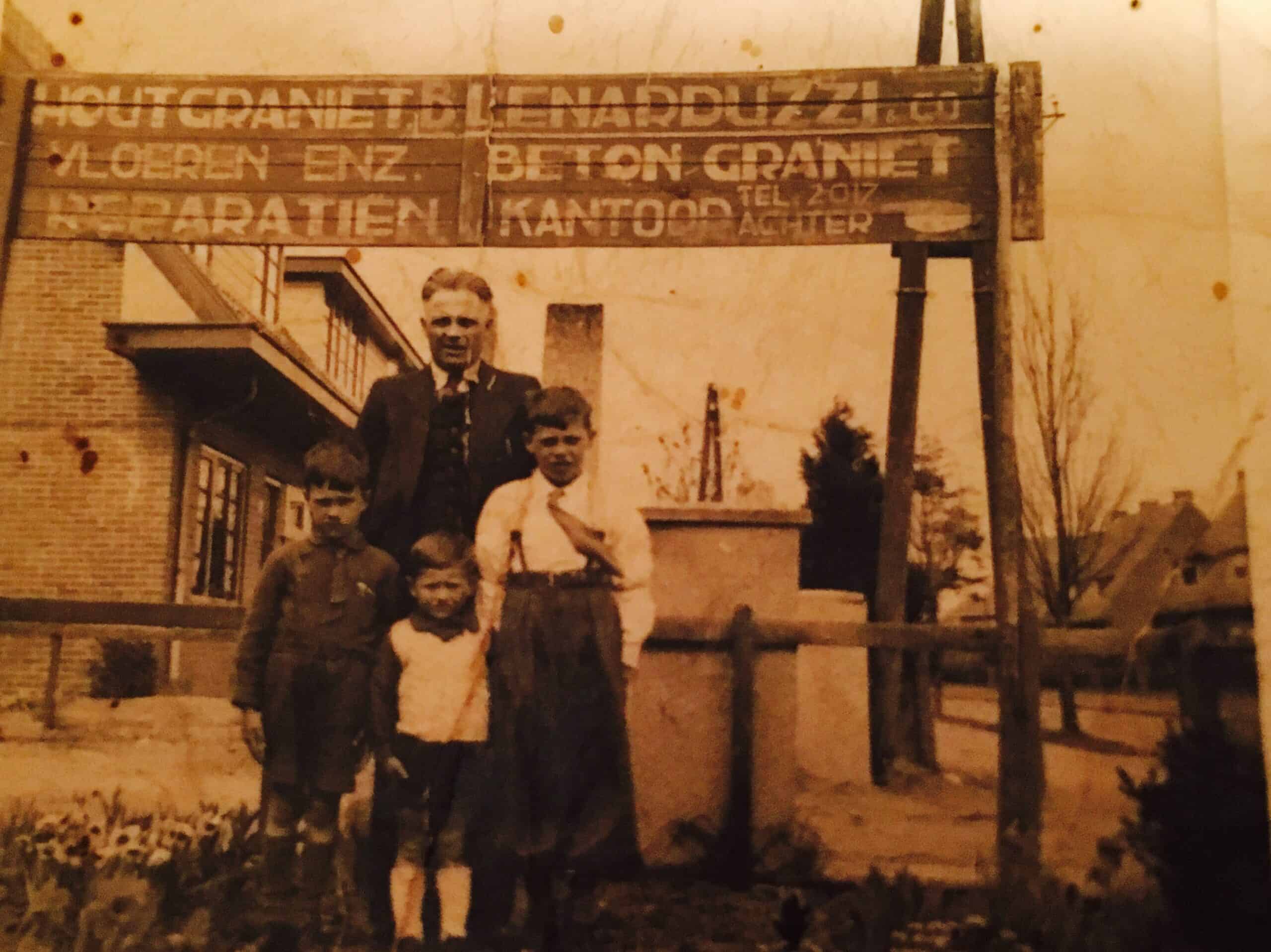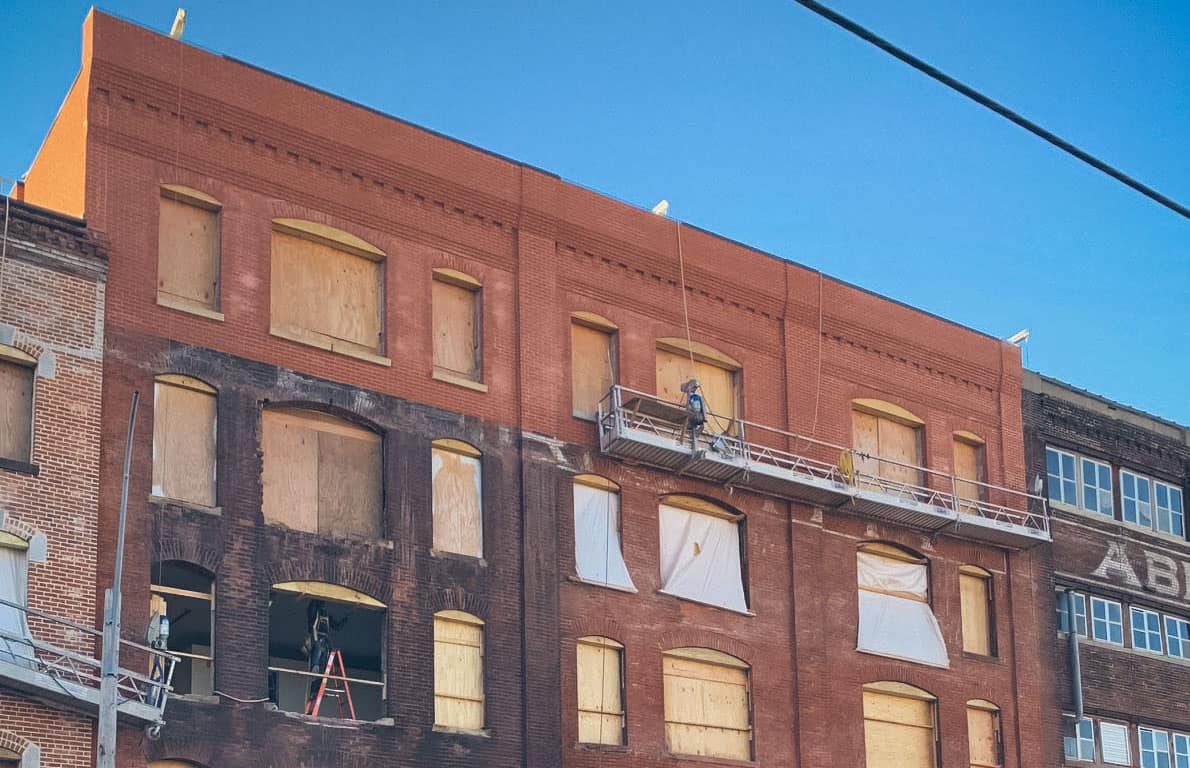How to cure concrete, what does “curing” concrete really do, and the materials you need to get started.
Curing a newly poured concrete slab is a step that you simply do not want to skip. For a miniscule fraction of the cost of the concrete pour itself, curing concrete can reap a bounty of benefits.
There are three main reasons to cure concrete, says Nick Savage, head of PROSOCO’s Concrete Flooring Group:
- Retain moisture in the slab so concrete can continue to gain strength.
- Delay shrinkage until the concrete is strong enough to avoid shrinkage cracking
- Improve strength, durability, and wear resistance.
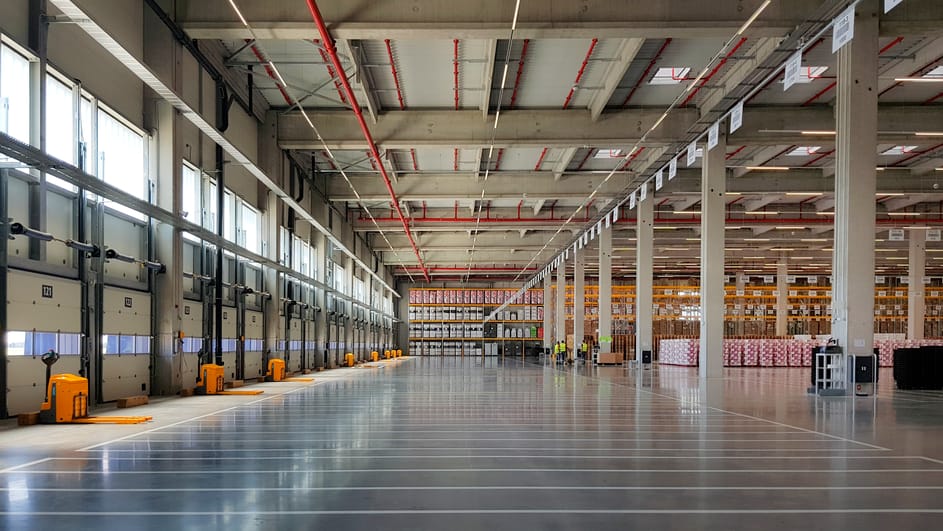
“Curing is really about controlling the loss of moisture in the slab,” Savage says. “If the concrete loses moisture too quickly, you get cracks, and the hardness and abrasion resistance just isn’t good. If it hydrates too fast, there’s another set of issues.”
While concrete curing has long been considered a critical step for new concrete, the methodology hasn’t always been the same. Traditional curing methods have taken a bit of a backseat to other options which are available today due to new technologies.
A technique known as “wet-curing,” for example, involves laying special curing blankets across a concrete slab, dousing the blanketed surface with water, and keeping it constantly wet for 28 days.
“Wet-curing with blankets is time-consuming, it’s expensive, and when it’s not done correctly, it can leave differential curing marks,” Savage says.
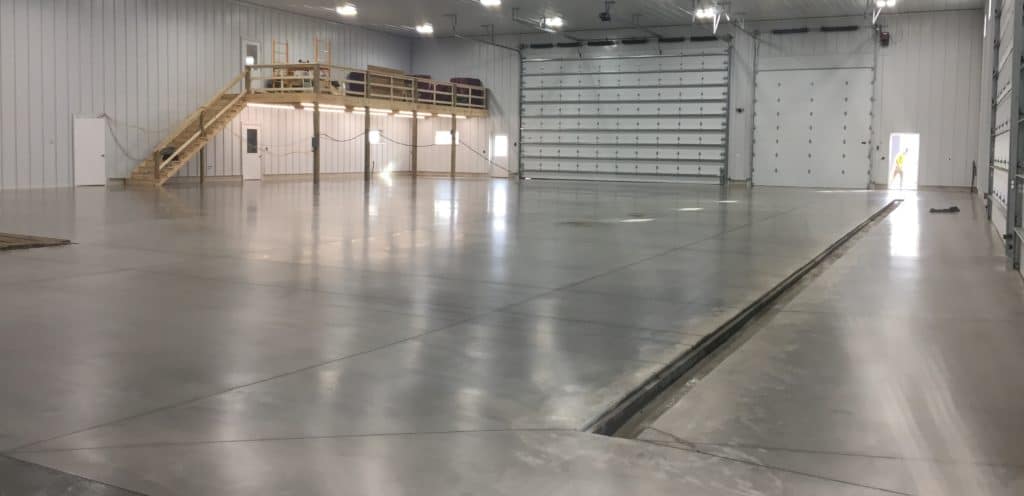
One much more popular option with concrete contractors today is called curing compounds, which are liquid chemical formulations that are sprayed onto the concrete slab to form a film on the surface and slow the dehydration process.
Depending on the nature of the curing product, the curing material will either dissipate on its own, or need to be removed after at least 28 days. (The removal process will take a cure and seal remover like this one from PROSOCO.) That’s not to say the concrete isn’t open to traffic and use once a cure is applied. You can get on it, Savage says, but you just need to make sure the cure stays on for a minimum of 28 days.

Once the cure is removed, you’ll have a durable, strong surface for years to come. Just don’t call it cement, especially in Savage’s company.
“My wife always rolls her eyes when someone calls it cement because she knows I’m about to go on a rant,” he says. “It’s not cement, it’s concrete. Cement is like the flour in a cake. It’s an ingredient of concrete. The curing actually ensures the hydration of the cement that’s within the concrete to give it strength and durability. When you’re baking a cake, cement is a very important part of it, but if you don’t give the cement the right time to hydrate, it’s not going to do what you need it to do.”
Concrete curing options from PROSOCO include products that not only cure, but also provide secondary benefits and functions that you may want out of your concrete slab.
One is DensiKure, a product that cures and densifies concrete in one step. Applying a densifier to concrete gives it additional hardness, durability, longevity and repellency against stains and water. It’s designed for indoor, newly placed, smooth, steel-trowel-finished concrete. One application is all that’s needed, and can be done with a pump-up sprayer.
The other curing products from PROSOCO are SingleStep and SingleStep WB, which cure concrete and also contain a chloride screen, meaning they give the concrete surface salt repellency. Protection from salt is especially important for exterior concrete because salt is often used for slip resistance on icy sidewalks in the winter – and salt can also cause serious damage if allowed to penetrate into a concrete surface. If you’re in a region with more restrictive AIM VOC regulations, SingleStep WB (water-based) will be the one for you.
![]()

